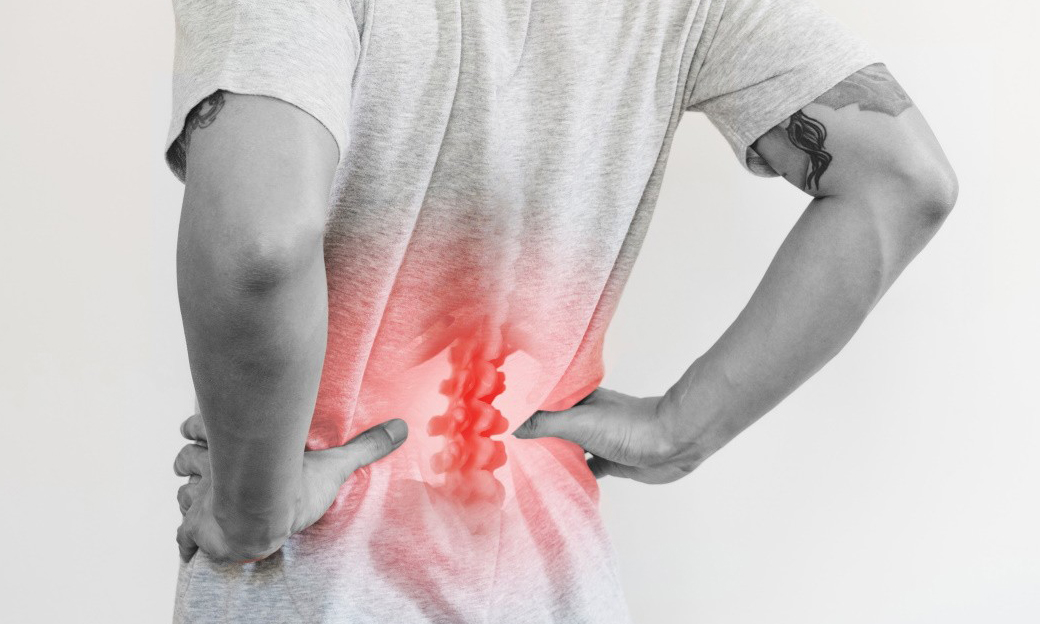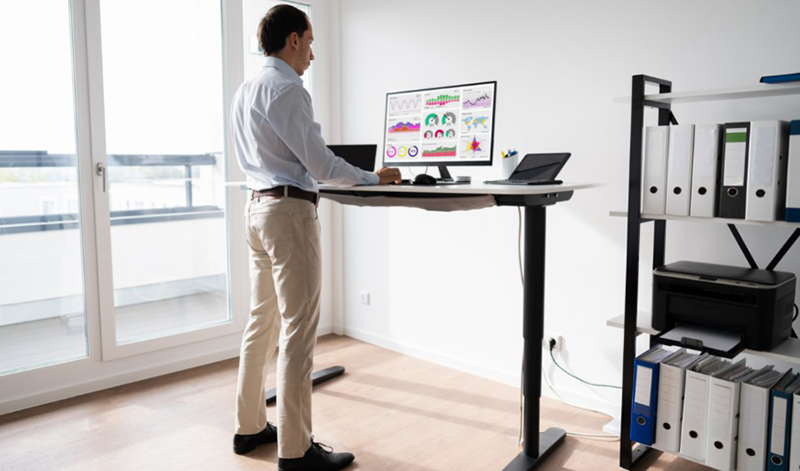
Lower back pain is one of the most common complaints worldwide. Whether it's caused by poor posture, muscle strain, or an underlying medical condition, nearly everyone experiences back pain at some point. Fortunately, there are many ways to relieve and manage lower back pain, from simple home remedies to lifestyle changes. In this article, we’ll explore effective home remedies, management strategies, prevention tips, and how posture plays a key role in back health.
What Are the Most Effective Home Remedies for Lower Back Pain?
When it comes to alleviating lower back pain, some of the best solutions are natural and can be done at home. Here are a few remedies that have proven effective for many people:
1. Rest and Ice/Heat Therapy
Sometimes, the simplest remedies work wonders. Resting your back for a short period after experiencing pain can give your muscles time to recover. Ice packs can help reduce inflammation and numb the affected area, while heat pads or warm baths can help relax tense muscles and improve blood flow to the region. It's important to alternate between the two, applying ice in the first 48 hours after an injury, then switching to heat for comfort.
2. Gentle Stretches and Exercises
Once the pain begins to subside, incorporating gentle stretches and strengthening exercises can promote healing and prevent future discomfort. The pelvic tilt and cat-cow stretches are excellent for relieving tension in the lower back. Additionally, strengthening the core muscles (abdomen and lower back) with exercises like bridges and bird dogs can provide long-term support for your spine.
3. Over-the-Counter Pain Relief
For temporary relief, non-prescription painkillers like ibuprofen or acetaminophen can help reduce pain and inflammation. However, it’s important not to rely on painkillers for long periods. If the pain persists, consult a healthcare professional.
4. Mindful Movement
Avoid sudden movements and heavy lifting, as this can worsen back pain. When you do need to lift something, make sure you bend your knees and keep the object close to your body to reduce strain on your back.

How Is Lower Back Pain Managed?
Managing lower back pain involves a combination of short-term relief measures and long-term strategies to ensure it doesn’t return.
1. Physical Therapy
For persistent or chronic lower back pain, physical therapy is often the next step. A trained physical therapist will guide you through a series of exercises to strengthen your back and improve your posture. This can significantly reduce pain and prevent future episodes.
2. Medications and Injections
In some cases, doctors may prescribe stronger medications such as muscle relaxants or even corticosteroid injections to provide temporary relief from severe pain. These options should be used under the supervision of a healthcare provider to avoid side effects or dependency.
3. Chiropractic Care
Some people find relief from lower back pain through chiropractic adjustments. A chiropractor can perform spinal manipulations to improve alignment and reduce pain. Always consult with your doctor before pursuing chiropractic care, especially if you have underlying health conditions.
4. Surgery
Surgery is typically a last resort for those with severe or chronic back pain that doesn’t respond to other treatments. Procedures such as spinal fusion or diskectomy can help treat specific back problems, but they come with risks and a long recovery process.

Can I Prevent Lower Back Pain?
Preventing lower back pain involves making proactive lifestyle changes and incorporating habits that protect the back over time. While it's not always possible to avoid back pain, these tips can significantly reduce the risk:
1. Maintain a Healthy Weight
Carrying excess weight, especially around the abdomen, places added stress on your lower back. By maintaining a healthy weight through a balanced diet and regular exercise, you can alleviate unnecessary pressure on your spine.
2. Stay Active
Regular physical activity is key to keeping your muscles strong and flexible. Activities like walking, swimming, and yoga can improve your posture, increase flexibility, and prevent stiffness. Aim for at least 30 minutes of moderate exercise most days of the week.
3. Strengthen Core Muscles
Your core muscles are the foundation of your spine's support. Regularly working on exercises that target the abdominal and lower back muscles can provide stability to your back, reducing the risk of injury.
4. Use Proper Lifting Techniques
Always lift with your legs, not your back. When picking up objects, squat down and bend your knees instead of bending at the waist. This simple habit can prevent undue stress on your lower back.

Does Posture Affect Back Pain?
Absolutely! Your posture plays a huge role in the health of your lower back. Poor posture puts strain on the spine and the muscles that support it. Whether you’re sitting, standing, or walking, proper alignment helps distribute your body weight evenly, preventing muscle fatigue and strain.
1. Sitting
When sitting, make sure your feet are flat on the ground, your knees are at a 90-degree angle, and your back is supported by the chair. A small lumbar cushion can provide extra support to the lower back if needed.
2. Standing
When standing, keep your weight balanced between both feet. Avoid locking your knees and try not to slouch. A standing desk or a footrest can help improve posture while working.
3. Sleeping
Sleep is another area where posture is important. A mattress that provides good support and sleeping on your side or back (rather than your stomach) can help maintain proper spinal alignment while you rest.

Lower back pain can be frustrating, but with the right approach, it is often manageable and preventable. By combining effective home remedies, proper management strategies, and preventive habits, you can relieve pain and improve your quality of life. Additionally, paying attention to your posture throughout the day can go a long way in preventing future discomfort. So, whether you’re dealing with an occasional ache or chronic pain, taking care of your back is an investment in your long-term health.
Subscribe means that you have read and agree to the Privacy Policy.
Subscribe means that you have read and agree to the Privacy Policy.
Copyright © Shenzhen Pango Medical Electronics Co.,Ltd, Ltd. All Rights Reserved.